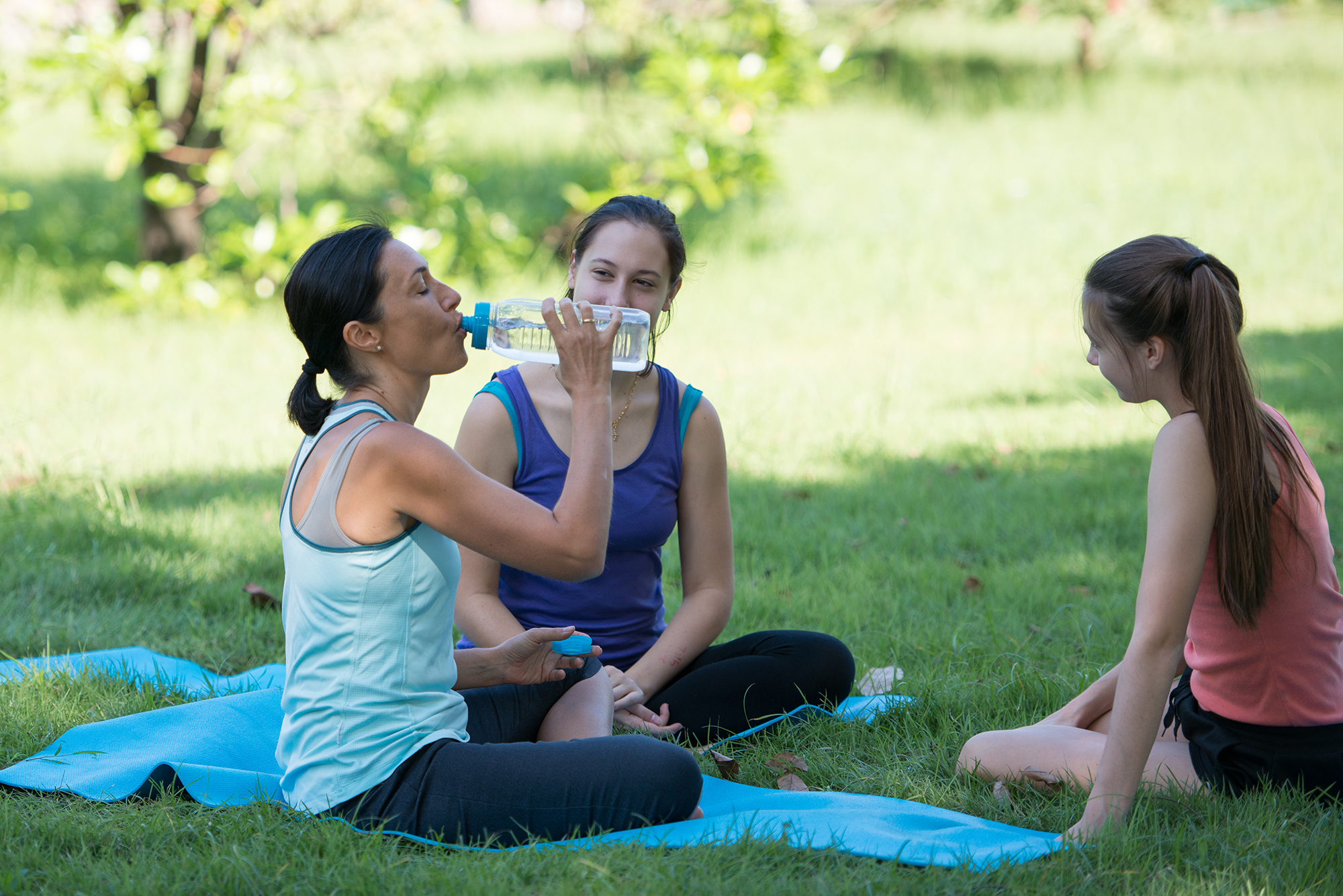
- 07 5531 3205
- info@southportdoctors.com.au
- 62 Davenport Street, Southport
- Mon - Fri: 8:00 - 17:00
The earlier a skin cancer is identified and treated, the better your chance of avoiding extensive surgery and other advanced treatments such as immunotherapy and chemotherapy. For some cancers, non-surgical methods such as the use of a topical cream is adequate treatment. It’s crucial to get to know your skin and what is normal for you. This way, you will notice any changes or irregularities that may develop, as skin cancers rarely cause pain and are more frequently seen than felt.
The first symptom of a skin cancer is usually the appearance of a new spot, or a change in an existing freckle or mole. This change may be in its shape, colour or size and is normally noticed over weeks to months. The ABCDE guidelines provide a useful way to monitor your skin and detect the early signs of melanoma. ABCDE stands for
One-half of a mole or freckle does not match the other.
The edges are irregular, ragged, notched or blurred.
The colour is not the same all over and may have differing shades of brown or black, sometimes with patches of red, white, or blue.
The area is larger than 6 mm (about the size of a pencil eraser) or is growing larger.
Changes in size, shape, colour, elevation, or another trait (like itching, bleeding or crusting) are all red flags. The ABCDE guidelines provide a useful way to monitor your skin and detect the early signs of melanoma but note that this is just a guide and melanoma and other skin cancers may present with different characteristics. This is why it’s important to have a specially-trained doctor like Dr Neil Chorley and Dr Donna Armstrong at Southport Skin Cancer Centre examine your skin and monitor existing lesions at least every twelve months, and more frequently if a high-risk patient.
By developing a regular habit of checking your skin for any new spots and changes in existing spots, you can drastically improve your chances of diagnosing skin cancer early and successfully treating it. Contact the team at Southport Skin Cancer Centre to have your skin checked today!

Southport Doctors is a family owned and run clinic that offers the very best in medical care in modern, state of the art facilities, in the heart of Southport on the Gold Coast.